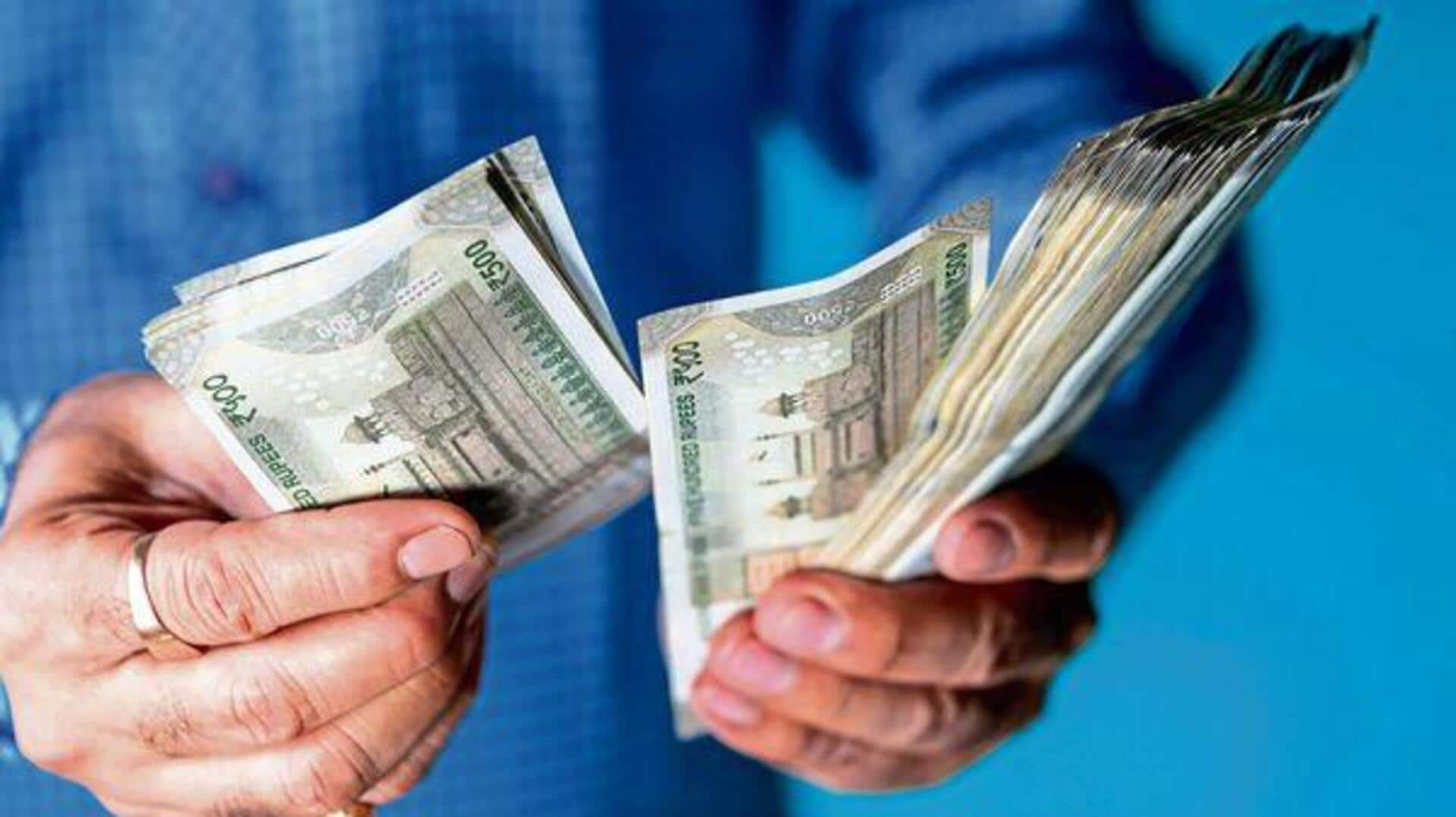
How cash-only budgeting helps you spend smarter, stay within limits
What's the story
Cash-only budgeting is a simple way to manage personal finances by only using cash for transactions.
This method helps one avoid overspending and promotes mindful spending habits.
By avoiding credit cards, it becomes easier to track how much you spend and if you are within your budget limits.
Here are some practical ways to implement cash-only budgeting effectively and how it can help you.
Budget categories
Set clear budget categories
To start, determine essential spending categories such as groceries, transportation, and entertainment.
Set aside a specific amount of cash for each category at the beginning of the month or week.
This way, you will know exactly where your money is going and how to avoid overspending on one category.
Modify these categories according to your lifestyle and financial goals.
Envelope system
Use envelopes for organization
The envelope system is a popular technique in cash-only budgeting, where you assign each spending category an envelope filled with the cash you've allocated for that category.
As you spend from an envelope, you can easily see how much is left for that category.
This visual representation reinforces discipline and prevents you from dipping into funds meant for other purposes.
Expense tracking
Track expenses regularly
Consistently tracking expenses is key in a cash-only budget system.
Whether you keep receipts or note down every transaction immediately after purchase, it is important to remain accurate in tracking where your money goes.
Reviewing these records regularly helps you identify patterns in spending behavior and make necessary adjustments to stay on track with your budget.
Irregular expenses
Plan ahead for irregular expenses
Irregular expenses like medical bills or car repairs can throw a wrench into a well-planned budget if not accounted for.
Set aside a small portion of your income every month into an emergency fund specifically for these unexpected costs.
Having this buffer ensures that irregular expenses don't derail your overall financial plan.
Monthly reevaluation
Reevaluate monthly budgets
At the end of each month, assess how well you stuck to your budget categories and tweak them accordingly depending on actual spending habits during that time.
This re-assessment process refines future budgets by factoring in changes in needs or priorities, while keeping a check on overall spending levels by continuing to use cash-only methods.